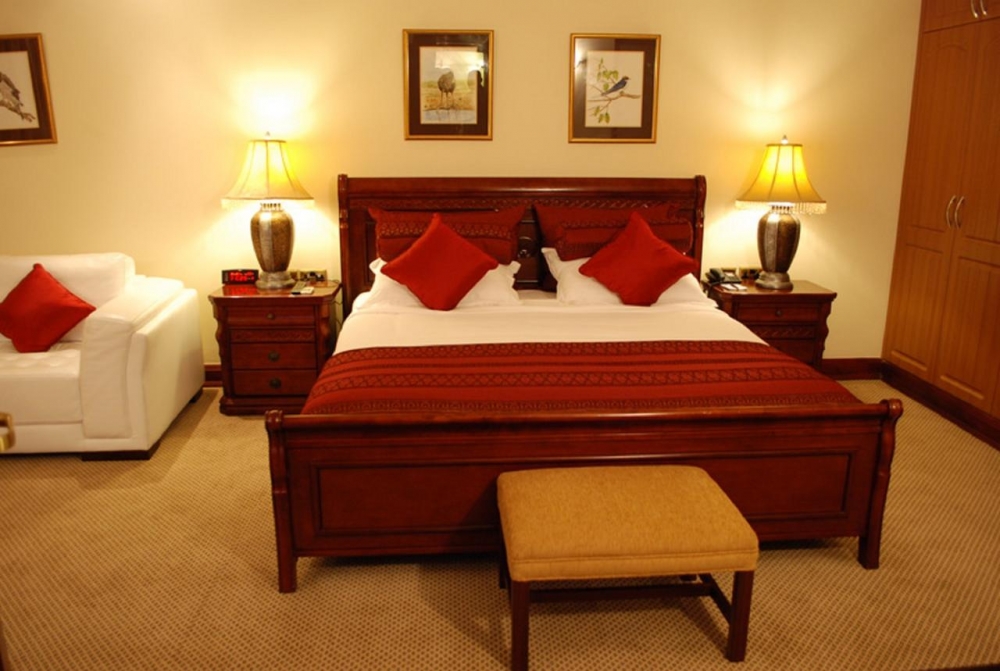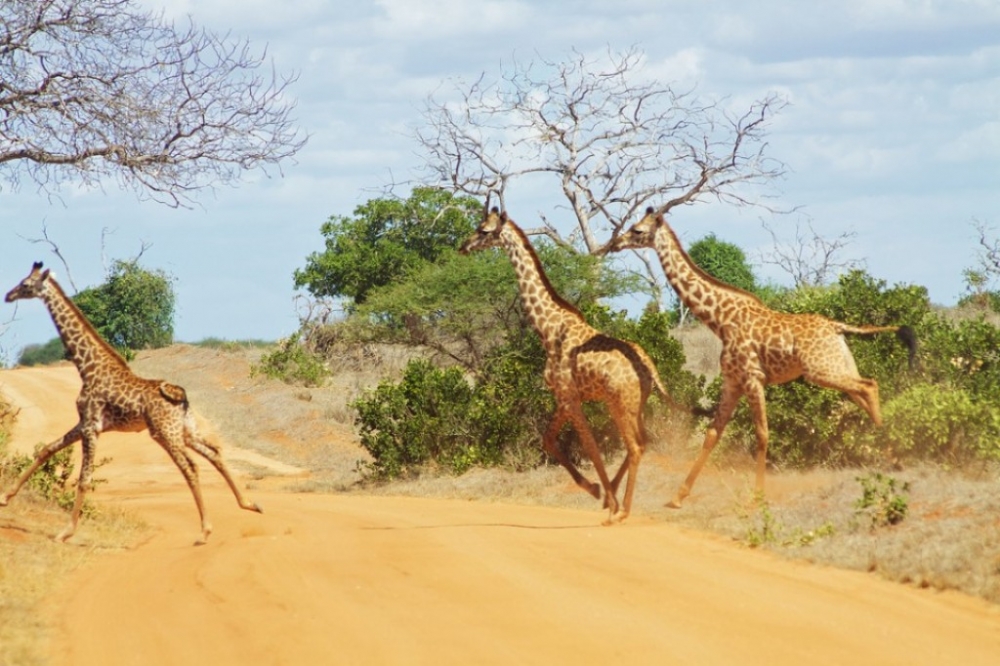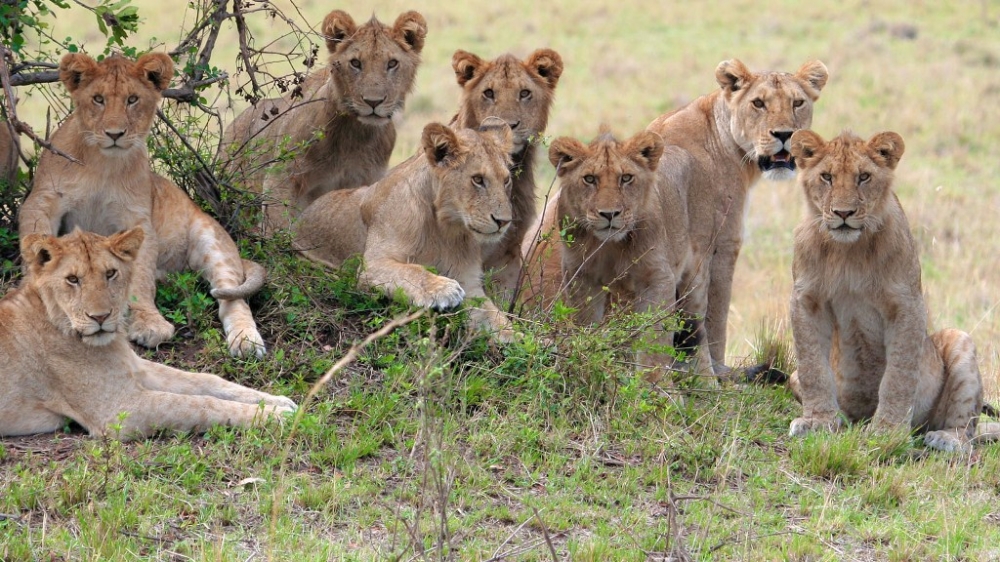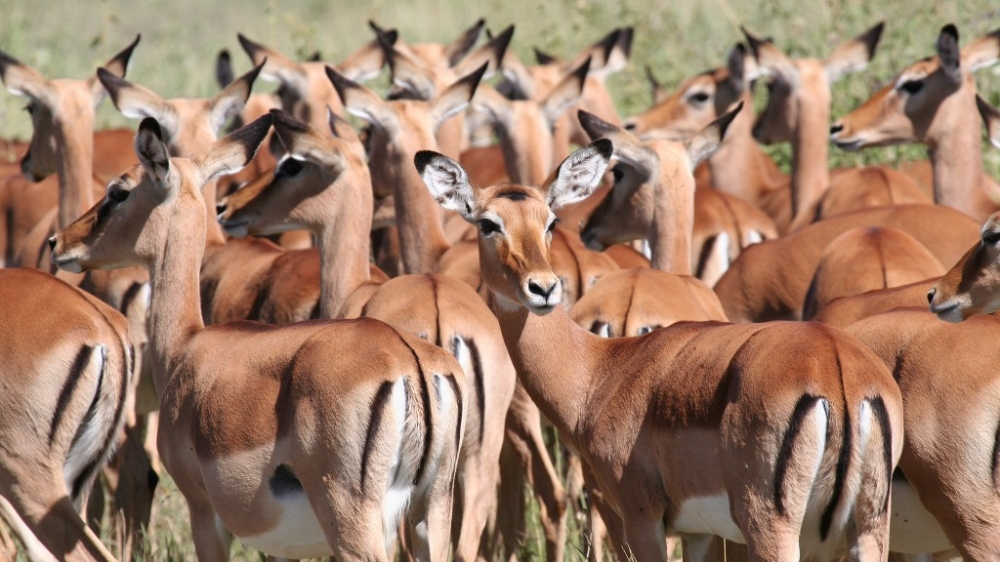Tanzania Family Safaris Into The Wild - For family safari avoiding the rainy season between late March and May is a good idea for families. This ensures optimal wildlife viewing and decreases the likelihood that any planned activities will be canceled due to weather caused by rains.
Typically, the best time to travel to Tanzania for families is between June and October and December to February. To experience the Great Migration, you’ll have to plan your trip accordingly. The wildebeest arrive around late November and stay until March.

Welcome to Tanzania:
You will be met upon arrival at the airport by our driver who will guide you to the waiting vehicle and load your luggage then drive you to Arusha for the rest of your stay. Depending on your arrival time the day can be spent at the swimming pool relaxing or explore the city of Arusha.

An approximate two-hour drive will take you from Arusha to the Tarangire National Park. The park is best known for its elephant herds, savannah, baobab trees, seasonal swamps, and the life-giving Tarangire River. Animals gather at the river and giraffes, bushbucks and hartebeests are often seen. The park is also home to buffaloes, zebras, and wildebeests which are always closely followed by a range of predators such as lions. Leopards are seen every once in a while but cheetahs are rarely spotted. From the open roof of the vehicle, you will be able to see the landscape and watch the animals. Late in the afternoon, you will leave the park and drive to the lodge, where you will spend the night.
The Tanzania Family Safaris Into The Wild starts here.

After breakfast, you will drive towards the plains of the Serengeti National Park, the largest park in Tanzania. The Serengeti has a diversity of landscapes including short grass plains, savannah, thick bush, swamps, and lakes and it is famous for the yearly migration when hundreds of thousands of wildebeest and zebras trek to find fresh grass and water. On your way to your accommodation, you will understand, where the word Serengeti (plains in the language of the Masai) comes from.
The two whole days will be spent on a game drive in the Serengeti National Park. During the short rainy season in November and December, the herds move from the hills in the north to the plains in the south while during the longer rainy season from April to June they return back up north. This circle of life is determined by the rainfalls and locations of the herds might vary from year to year but your guide will know where to find the animals and where to see them best. A visit to the Serengeti Visitor Centre is also possible. Here you can learn more about the history of the park and the research that is being done by the Frankfurter Zoological Society. You will spend two nights at the Tented Camp.

After breakfast, you will continue your safari in the Serengeti National Park. In the Seronera Valley, you might be lucky to see predators hunt as animals gather at the waters during the dry season. After lunch at a picnic spot, you will slowly drive in the direction of the Ngorongoro Crater. As soon as you have reached the crater you will have a superb view of the caldera. This approximate 20 km wide crater is part of a UNESCO World Heritage Site and is home to over 20,000 animals.
Keep on Tanzania Family Safaris Into The Wild

After an early breakfast, you will descend into 600 meters Crater floor to view wildlife. Supported by an all-year-round water supply and fodder, the Ngorongoro conservation Area supports avast variety of animals, which include herds of wildebeest, zebra, buffalo, eland, warthog, hippo, and giant African elephants. Another big draw card to this picturesque national park is its dense population of predators, which include lions, hyenas, jackals, cheetahs, and the ever-elusive leopard, which sometimes requires a trained eye to spot. We will visit Lake Magadi, a large but shallow alkaline lake in the southwestern corner, which is one of the main features of the crater. A large number of flamingos, hippos, and other water birds can usually be seen here. Late afternoon drive to the lodge for overnight.

After breakfast, you will travel from the Ngorongoro Area to the Lake Manyara National Park.
The park is known for its over 400 bird species, primate-filled forests, and grassy plains. A large area of the park is covered by the alkaline Lake Manyara, the seasonal breeding grounds for large colonies of flamingos, and many more waterfowls. The park is also home to giraffes, hippos, wildebeests, impalas, and groups of noisy monkeys and baboons. After an extensive game drive, you will travel to Arusha where you will spend the night.
End of Tanzania Family Safaris Into The Wild.
After a leisurely breakfast, you will be dropped off at the airport for departure.
| Price Per person | Nº of persons Traveling together |
|---|---|
| $4210 | 1 |
| $3600 | 2 |
| $3100 | 3 |
| $2880 | 4 |
| $2640 | 5 |
| $2520 | 6 |
| $2440 | 7+ |